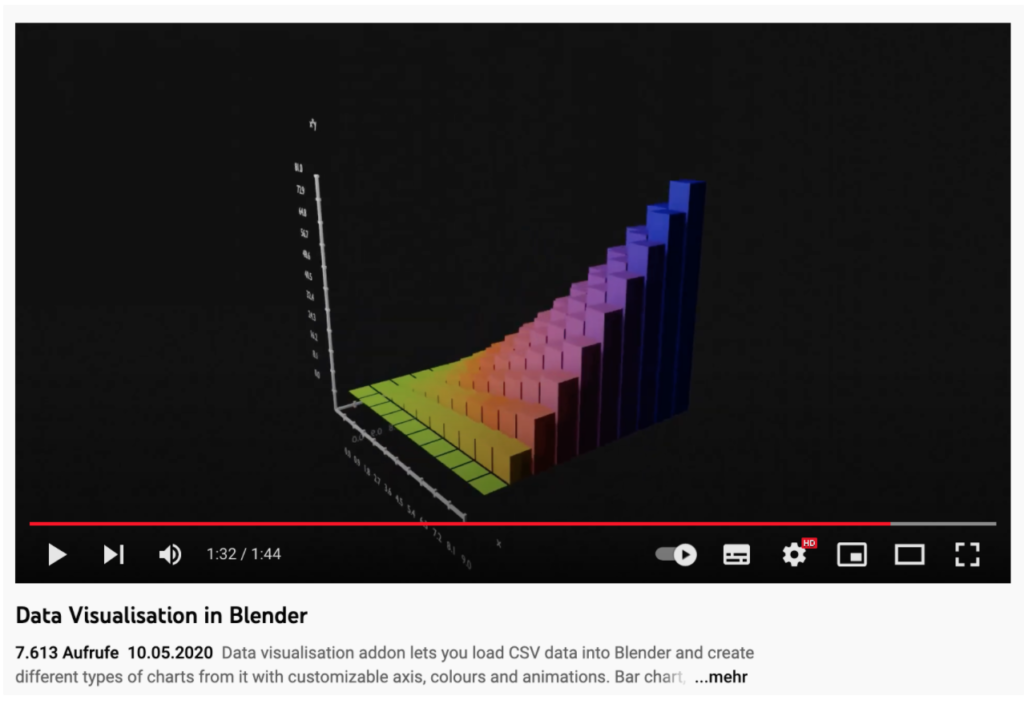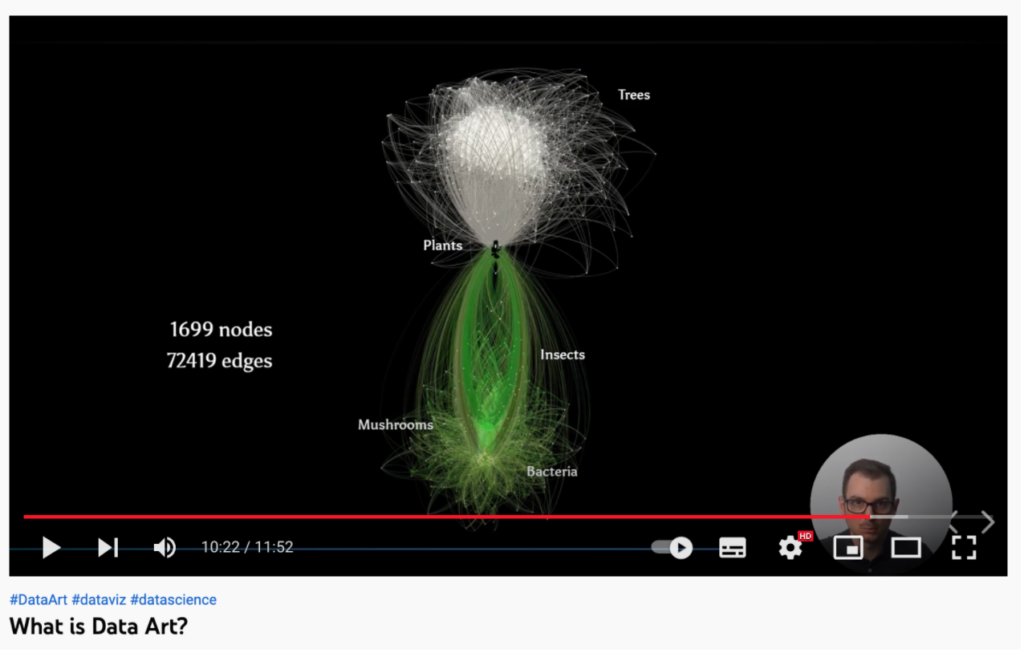A whole semester has passed since my last blog article (”About throwing everything aside and starting over”), so there’s a lot to catch up on. Let’s not waste time and dive right in: As mentioned in my last blog entry, I changed my master thesis topic from “Augmented Reality in Education” to “UX Case Study: Designing a mobile application to support self-management and therapy of patients with gestational diabetes mellitus (GDM)” (working title for now). For further details on the topic, please read my previous blog entry.
During the past couple of months I did a lot of research on my topic in order to write my exposé, which I soon will hand in. The course “Proseminar Master Thesis” helped a lot during this process, as we had the opportunity to write a first version of our exposé, have it peer reviewed by fellow students, improve it and finally have a one-on-one feedback session with our professor.
My exposé still needs a few adjustments here and there, but it’s at an advanced state already and I’m confident that it will be approved by my supervisor Anika Kronberger, so I can start with the “actual work”. At this point it is to mention that I will be writing my thesis from abroad – from Lisbon to be specific – which will probably bring some challenges as well, but working and communicating remotely has worked out well for the last two years of the pandemic, thus I think that it will also work out for writing a master thesis 🙂
I also had two very insightful meetings with two professionals in the field of interaction design – Orhan Kipcak and Martin Kaltenbrunner. I talked with each of them for half an hour about my topic and received valuable feedback. With Mr. Kipcak I talked a lot about the environment of conducting my thesis. For example he recommended to do research on ongoing projects and studies in the field of my topic in order to get access to valuable data or even collaborate with organizations and people. In this context he recommended several platforms and organizations where I could start my research. Furthermore he underlined the importance of actively involving my supervisor Mrs. Kronberger since she has good connections to other study programs like Midwifery or E-Health as well as to organizations outside of the FH. The talk with Mr. Kaltenbrunner was more about the topic itself and which hurdles could occur in my plan. The most important thing he mentioned was that it is very important to do a proper competitors- and market-analysis of a) existing diabetes apps and b) pregnancy-related apps in general. The first step should be to find out if a new app even makes sense or if it would be better to enhance/adjust an existing app so it fits the needs of GDM patients without re-inventing the wheel. I was/am aware that this could become a problem and it helped a lot to get an opinion and tipps from an expert on how to handle that. Maybe I will have to adjust my plan during the process, but I believe that this is only natural and common.
All in all I now have a more clear plan of my scope, possible hurdles and next steps and am looking forward to start with writing things down.
What are my next steps?
- Finish my exposé
- Fill out the official form of the exposé for the FH and hand it in
- Get the go from my supervisor
- Start working!
That’s it for now, thanks for reading 🙂


